Protein isn’t just for bodybuilders—it’s your secret weapon for staying full, energized, and focused all day. Yet many people fall short without even realizing it, missing out on a nutrient that powers metabolism and supports muscle health. The good news? You don’t need to live on chicken breasts and protein shakes to get your fix. Nutritionists have uncovered 16 genius, easy ways to sneak more protein into every single meal without overhauling your diet. From your morning coffee to your midnight snack, these clever additions will transform your plate and help you feel satisfied, strong, and ready for anything.
1. Lentils
Red, green, or brown – lentils are protein powerhouses that blend seamlessly into countless dishes. A single cooked cup packs a whopping 18 grams of protein!
Try adding them to pasta sauce for a meatier texture without the meat. Blend cooked lentils into soups for creaminess and nutrition without changing the flavor profile much.
Lentils cook quickly compared to other beans, making them perfect for busy weeknights. For a simple protein boost, toss cold cooked lentils onto your lunch salad instead of croutons.
2. Chickpeas
Crispy, creamy, or crushed – chickpeas transform ordinary meals into protein-rich feasts. One cup delivers 15 grams of satisfying protein that keeps hunger at bay for hours.
Roast them with spices for a crunchy salad topper that beats croutons any day. Mash them with avocado on toast for a protein-packed breakfast that will fuel your morning.
Sneak pureed chickpeas into baked goods – they add moisture to brownies and cookies while boosting nutrition. Even the liquid from canned chickpeas (aquafaba) works as an egg substitute in recipes!
3. Black Beans
Hidden in plain sight, black beans offer 15 grams of protein per cup while adding minimal flavor change to your favorite foods. Parents rejoice – these beans hide perfectly in chocolate brownies and kids won’t detect them!
Pulse them in a food processor and mix with ground meat to stretch your portions while adding fiber and protein. For breakfast, scatter black beans into scrambled eggs for a Mexican-inspired protein boost.
Smash them slightly and use as a protein-rich base for burgers instead of meat. Their dark color means they blend beautifully into chocolate smoothies for morning nutrition without weird tastes.
4. Edamame
Bright green edamame beans aren’t just for sushi restaurants! These young soybeans pack 17 grams of complete protein per cup, making them nutritional superstars.
Keep frozen shelled edamame on hand to toss into stir-fries during the last few minutes of cooking. Mash them with a fork, add lemon and herbs, and spread on sandwiches instead of mayo for a protein-rich alternative.
Sprinkle them cold on salads or grain bowls for color, texture, and nutrition. For a quick snack, microwave frozen edamame pods with salt – they’re nature’s perfect finger food with built-in portion control.
5. Quinoa
Fluffy quinoa looks like a grain but secretly packs a complete protein punch with 8 grams per cup. Unlike rice or pasta, quinoa contains all nine essential amino acids your body needs!
Swap morning oatmeal for quinoa breakfast bowls topped with fruit and nuts. The mild flavor works with sweet or savory toppings. Cook a big batch on weekends to add to weekday lunches – it stays fresh for days.
Mix cooked, cooled quinoa into green salads for instant protein and pleasing texture. For picky eaters, the tiny size makes it nearly undetectable when mixed into meatballs, burgers, or casseroles.
6. Tofu
Forget bland white blocks – properly prepared tofu is a flavor chameleon offering 20 grams of protein per 100g. The secret? Pressing out excess water before cooking allows tofu to absorb marinades like a sponge.
Crumble firm tofu into morning scrambles for an egg-like texture without the cholesterol. Freeze and thaw tofu before cooking to create a chewier, meatier texture perfect for grilling or stir-fries.
Silken tofu blends invisibly into smoothies, puddings, and creamy sauces while adding protein without dairy. Try marinating tofu in familiar flavors like buffalo sauce or barbecue to ease skeptical family members into enjoying this protein powerhouse.
7. Tempeh
Move over, tofu – tempeh’s firm texture and nutty flavor pack a whopping 31 grams of protein per 100g! This fermented soybean cake has been a protein staple in Indonesia for centuries.
Slice it thin and pan-fry until crispy for the ultimate BLT sandwich upgrade. The firm texture holds up beautifully in stews and chilis where meat would normally be used.
Crumble tempeh into pasta sauce or taco filling for a protein boost with a pleasant texture. Unlike many soy products, tempeh’s fermentation process makes its nutrients more bioavailable and easier to digest – perfect for sensitive stomachs.
8. Peanut Butter
Creamy, crunchy, or natural – two tablespoons of peanut butter deliver 7 grams of protein in a spoonful! Far beyond sandwiches, this pantry staple works protein magic in countless dishes.
Whisk peanut butter into warm Asian-inspired sauces for instant richness and protein. Morning toast gets a major upgrade with peanut butter topped with sliced banana and a sprinkle of chia seeds.
Blend a spoonful into smoothies to add creaminess and staying power. For a savory twist, mix peanut butter with soy sauce, lime, and a touch of honey to create a protein-packed dipping sauce for vegetables or spring rolls.
9. Almond
Small but mighty, almonds offer 6 grams of protein per ounce along with healthy fats and fiber. Their subtle flavor makes them the perfect protein boost for almost any meal.
Toast sliced almonds to intensify their flavor before sprinkling on yogurt bowls or salads. Grinding them into homemade almond butter lets you control the ingredients while creating a protein spread without added sugars or oils.
Almond flour makes protein-rich pancakes and baked goods that stay moist longer than traditional flour versions. For a quick energy boost, keep a small container of almonds in your bag – they don’t need refrigeration and won’t crush like chips or crackers.
10. Hemp Seed
Those tiny speckled hemp seeds hiding in health food stores? They’re protein bombs with 10 grams in just three tablespoons! Unlike many seeds, hemp seeds have a soft texture and mild, slightly nutty flavor.
Sprinkle them on literally anything – from morning yogurt to evening salads – for an instant protein upgrade. Their small size means they blend seamlessly into smoothies without needing grinding first.
Mix hemp seeds into homemade energy balls or granola bars for sustained energy. They’re one of the few plant sources of complete protein, containing all essential amino acids your body needs but can’t produce on its own.
11. Chia
Those magical seeds that expand in liquid pack 5 grams of protein in just two tablespoons! Chia seeds absorb up to 12 times their weight in water, creating a filling gel that keeps hunger at bay.
Stir them into overnight oats before bed for a protein-rich breakfast waiting in the morning. The gel-like texture works as an egg substitute in baking – mix 1 tablespoon chia seeds with 3 tablespoons water and let sit for 15 minutes.
Blend them directly into smoothies or sprinkle on peanut butter toast for crunch and nutrition. Their neutral taste means even picky eaters won’t notice them mixed into yogurt, applesauce, or homemade jam.
12. Pumpkin Seeds
Don’t toss those seeds after carving pumpkins! These green gems (also called pepitas) contain 7 grams of protein per ounce along with magnesium and zinc for immune support.
Roast them with different spice blends – try cinnamon sugar for sweet cravings or chili powder for savory snacking. Their distinctive crunch makes them perfect for topping creamy soups or soft casseroles.
Grind roasted pumpkin seeds in a food processor to make protein-rich “flour” for baking or thickening sauces. Keep a container in your desk drawer for a protein-packed afternoon pick-me-up that won’t trigger a sugar crash like vending machine options.
13. Seitan
Made from wheat gluten, seitan delivers a whopping 21 grams of protein per 3-ounce serving! Its chewy, meat-like texture makes it the highest-protein meat alternative available in most grocery stores.
Slice it thin for sandwiches or cube it for stir-fries – seitan holds its shape during cooking. The neutral flavor soaks up marinades and spices, making it perfect for recreating favorite meat dishes in vegetarian form.
Try it in tacos, fajitas, or stews where its texture mimics chicken or beef. Making seitan at home is surprisingly easy and budget-friendly – mix vital wheat gluten with seasonings and water, then simmer or bake until firm.
14. Greek Yogurt
Creamy Greek yogurt contains double the protein of regular yogurt – up to 20 grams per cup! The straining process removes whey, creating that thick texture while concentrating protein content.
Replace sour cream with Greek yogurt in tacos, baked potatoes, or creamy dips for an instant protein upgrade. No one will notice the difference! Use it instead of mayonnaise in tuna salad or coleslaw dressing for fewer calories and more protein.
For breakfast, layer Greek yogurt with fruit and granola for a protein-packed parfait that keeps you full until lunch. The tangy flavor makes it perfect for smoothies, adding protein without the powdery taste of supplements.
15. Nutritional Yeast
Those golden flakes with the cheesy flavor? That’s nutritional yeast, packing 8 grams of complete protein in just 2 tablespoons! Often called “nooch” by fans, this deactivated yeast is a vegan secret weapon.
Sprinkle it on popcorn for a protein-boosted movie snack that tastes like cheese without the dairy. Stir it into pasta sauces or mashed potatoes for a nutty, cheesy flavor plus B vitamins and protein.
Add a spoonful to homemade salad dressings for nutrition and umami depth. The savory flavor makes it perfect for sprinkling on avocado toast or roasted vegetables when you want that cheesy taste without actual cheese.
16. Soy Milk
Not all plant milks are created equal! Soy milk stands above the rest with 7-8 grams of protein per cup – comparable to cow’s milk and far higher than other plant alternatives.
Use it in coffee drinks for a creamy texture and protein boost that almond milk can’t provide. Cereal with soy milk delivers significantly more protein than with rice or coconut milk varieties.
Bake with soy milk to add protein to muffins, pancakes, and quick breads. The neutral taste works in both sweet and savory recipes. For the most protein, choose unsweetened varieties – they contain more protein per serving than flavored options loaded with added sugars.
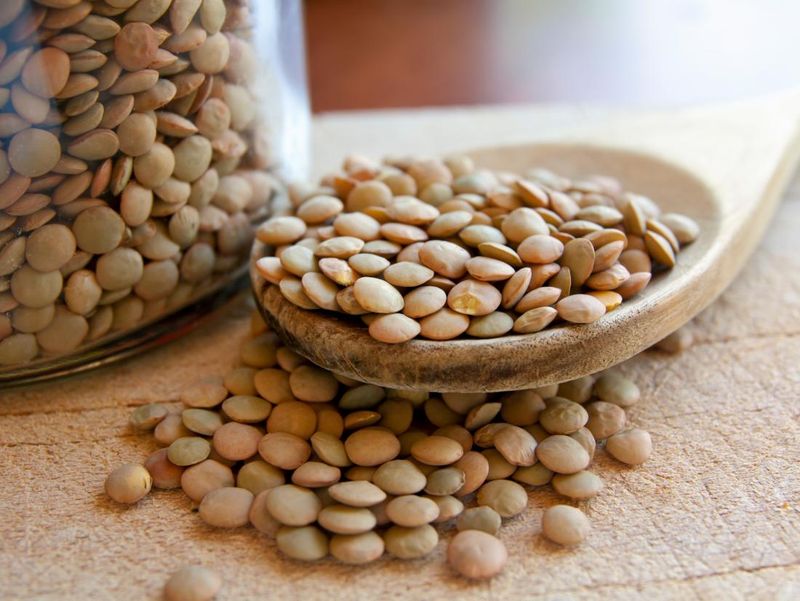
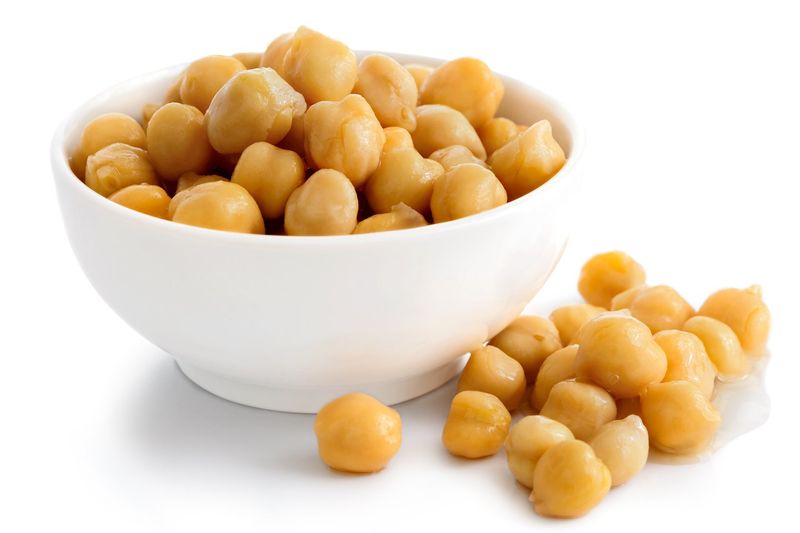
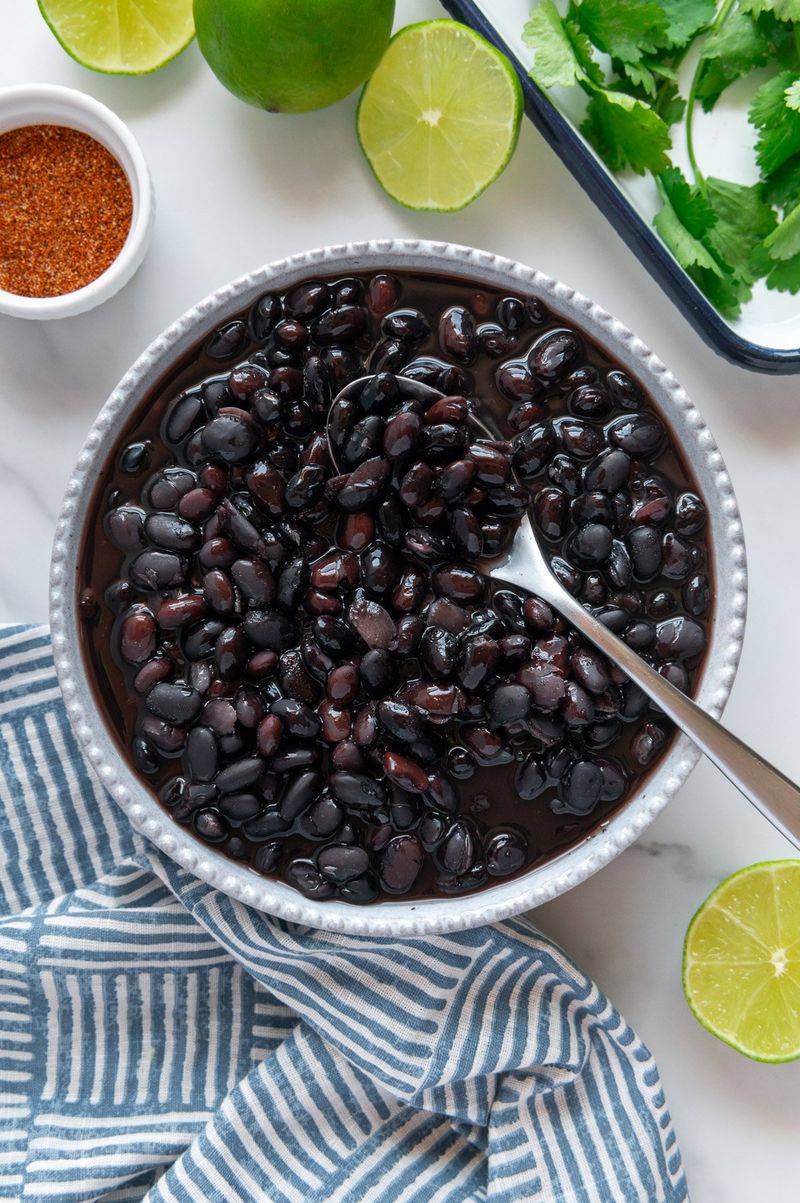
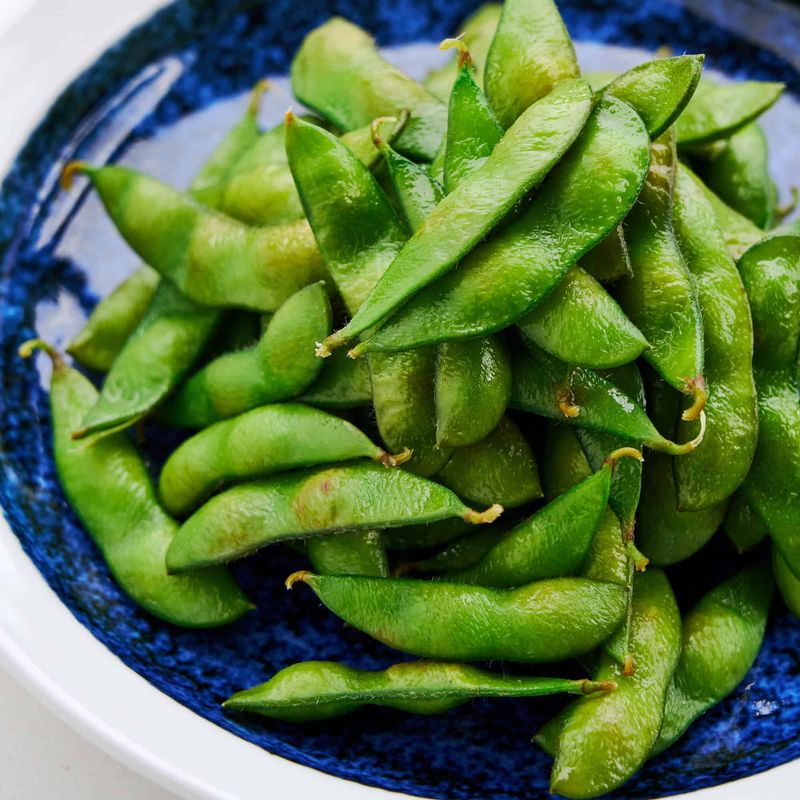
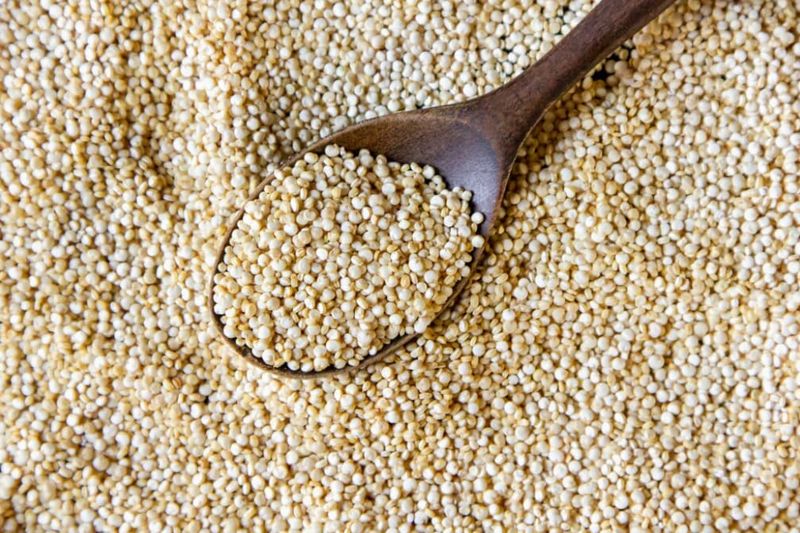
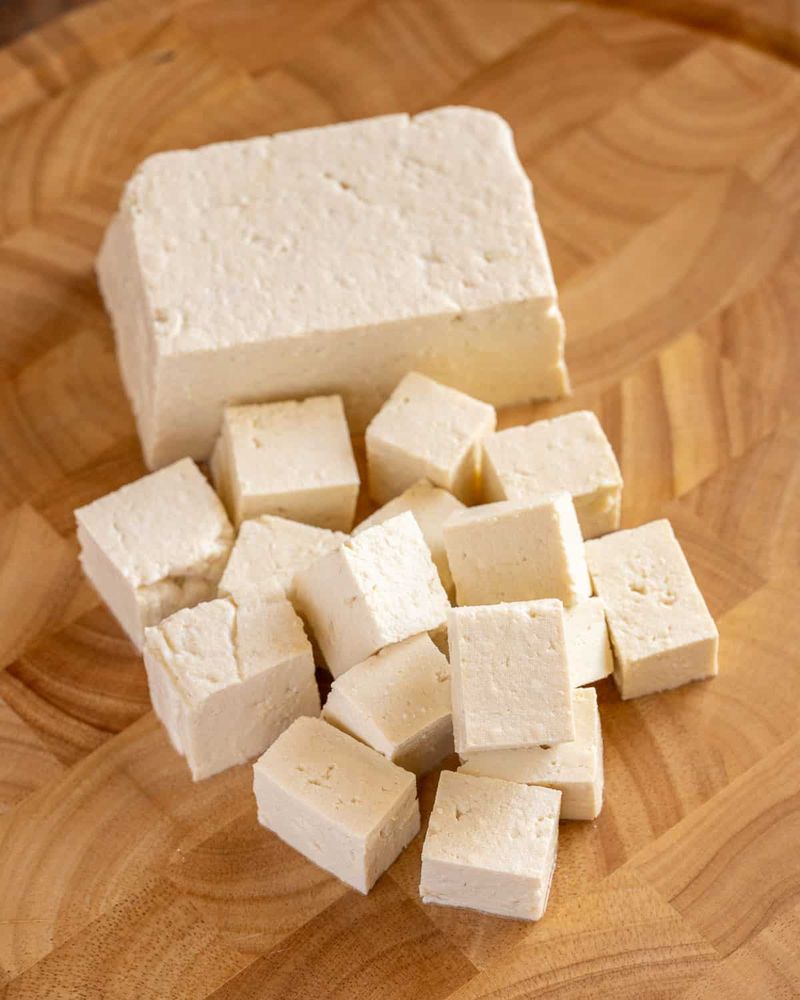
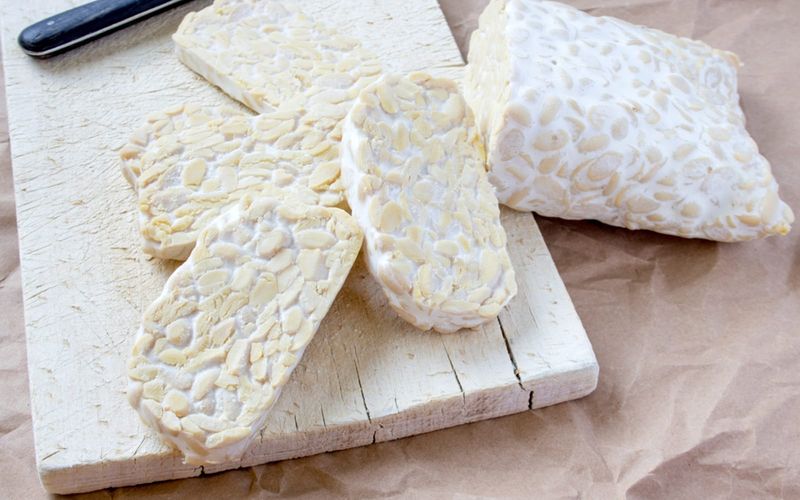
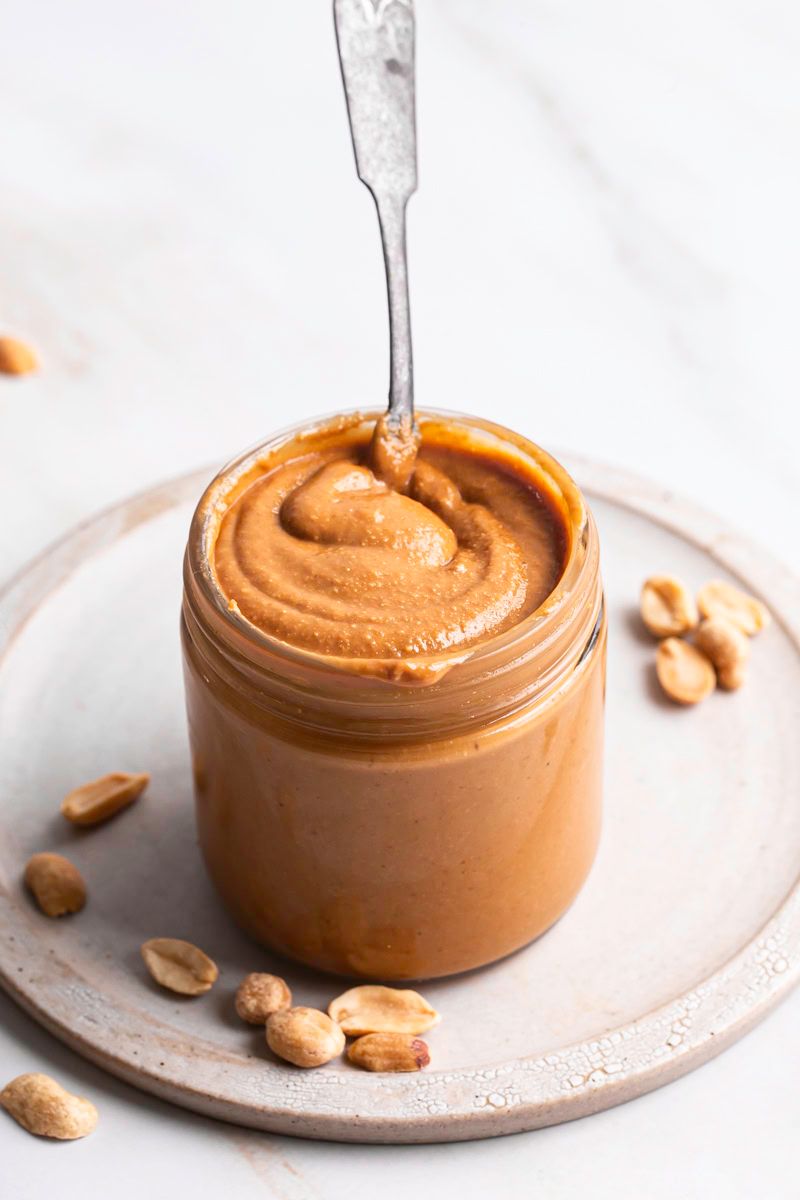
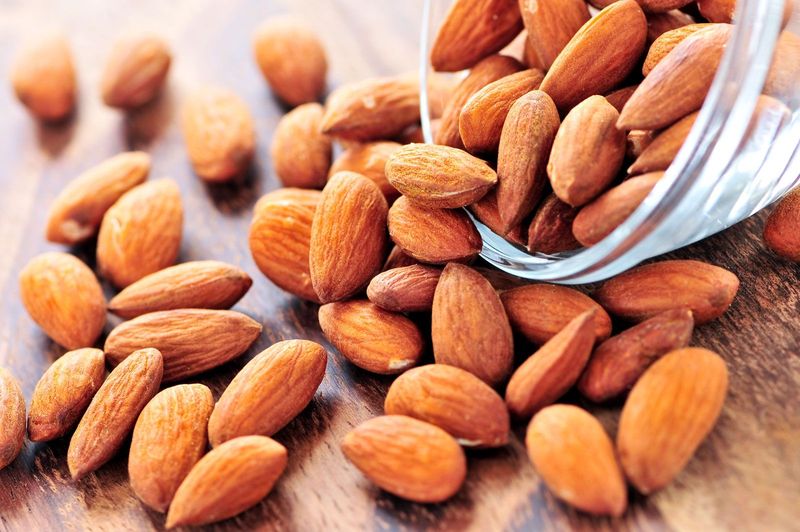
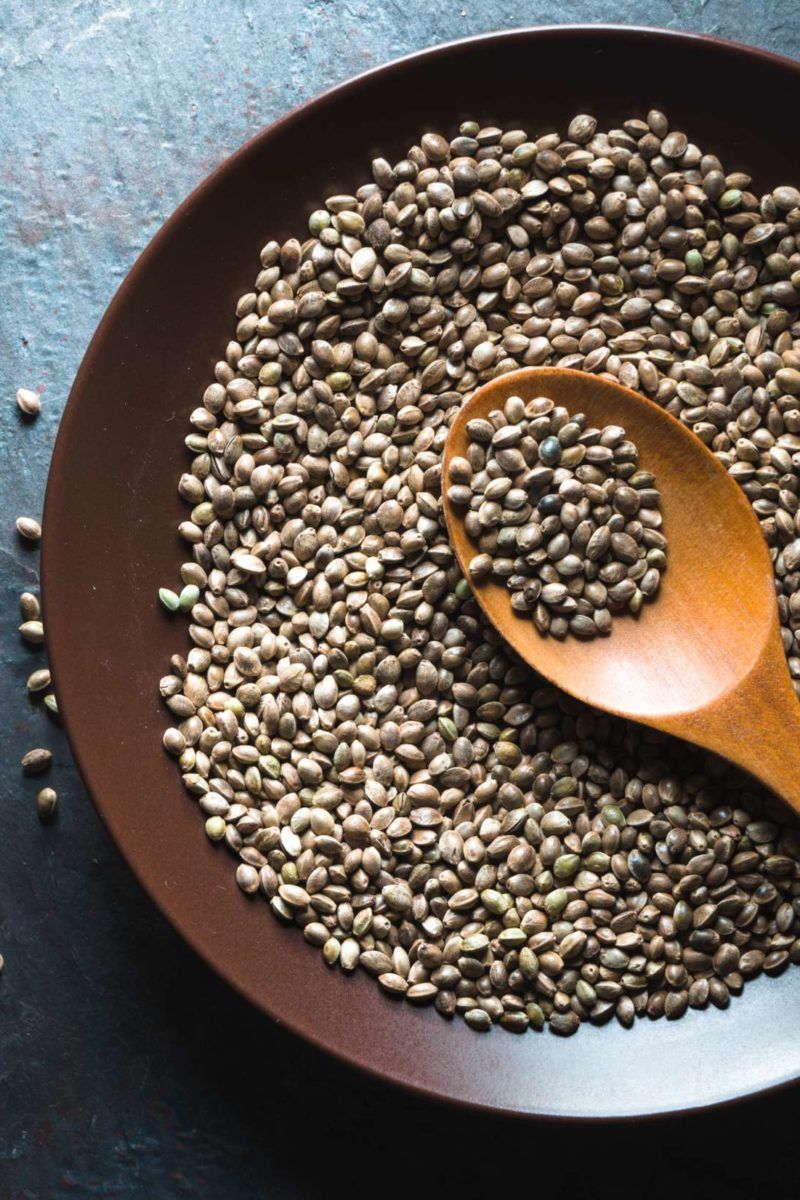
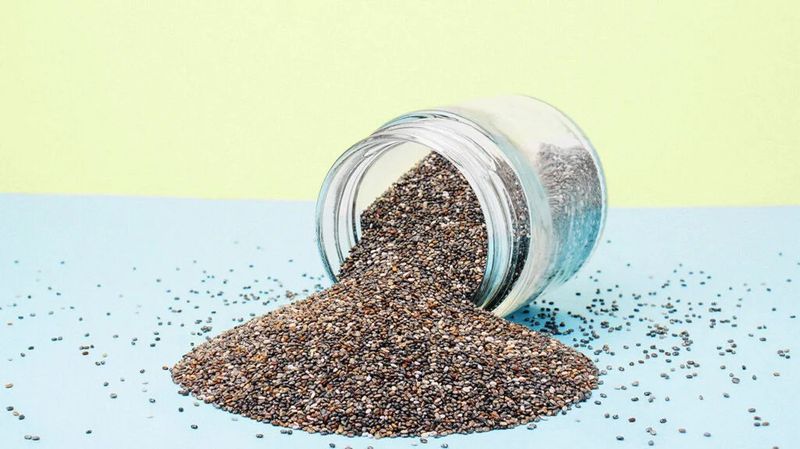
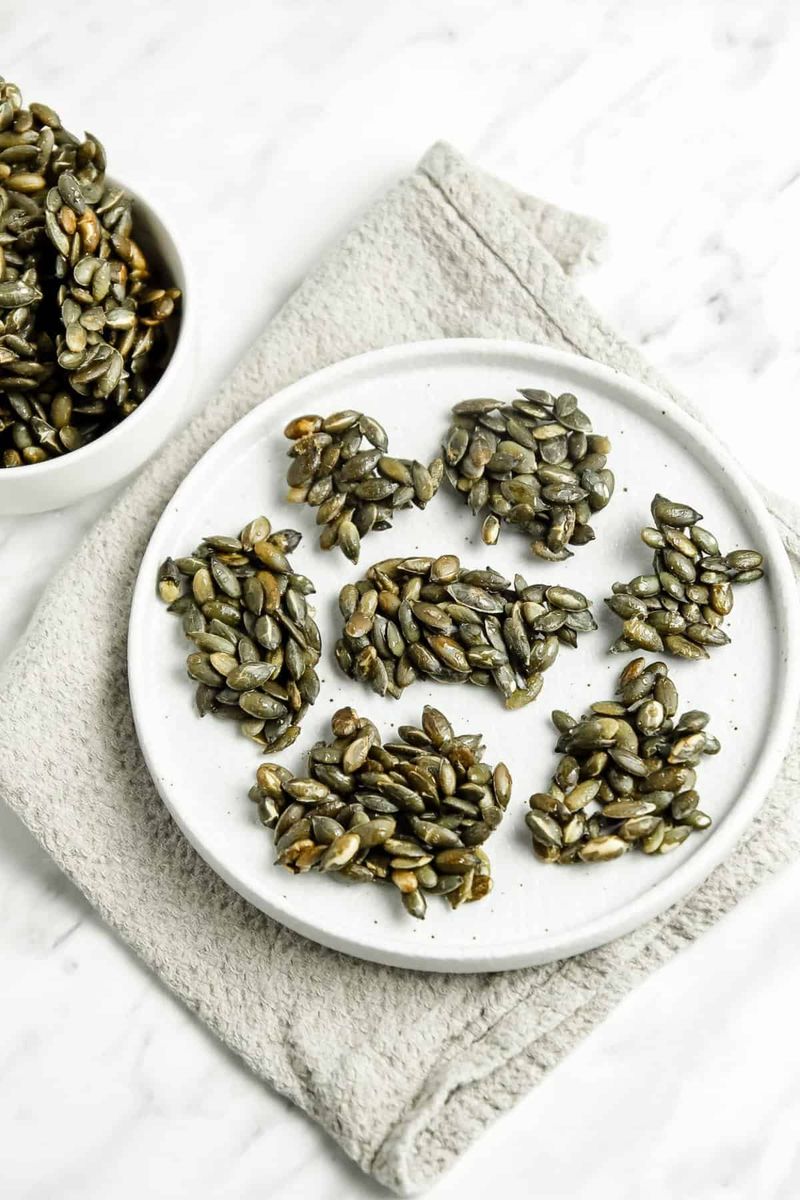
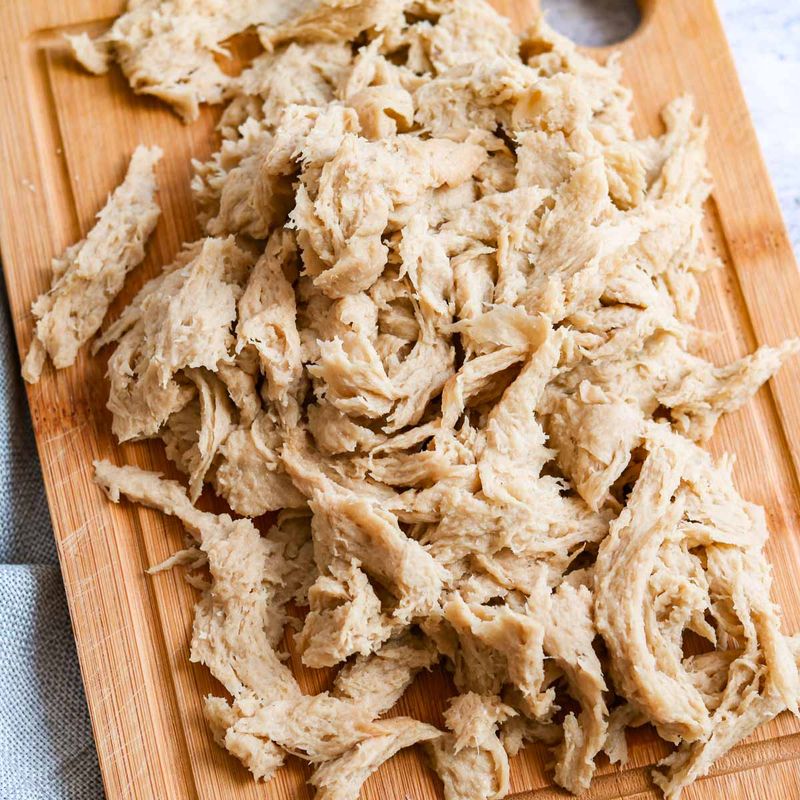
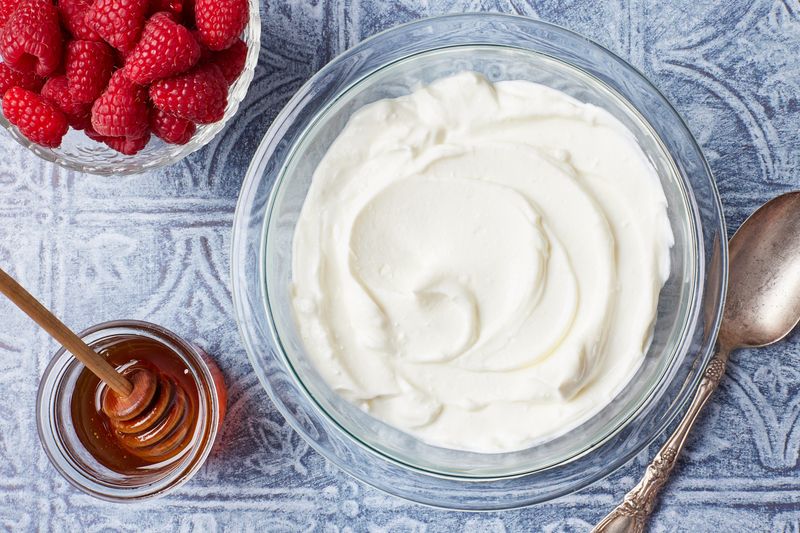
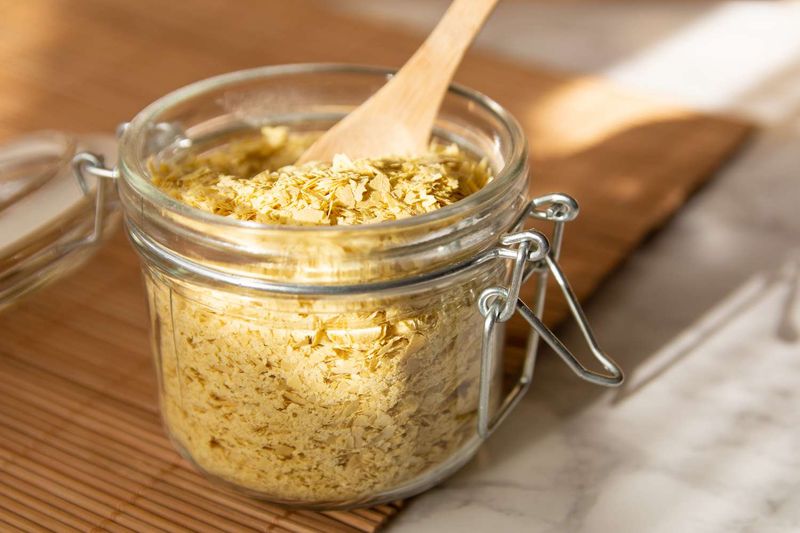
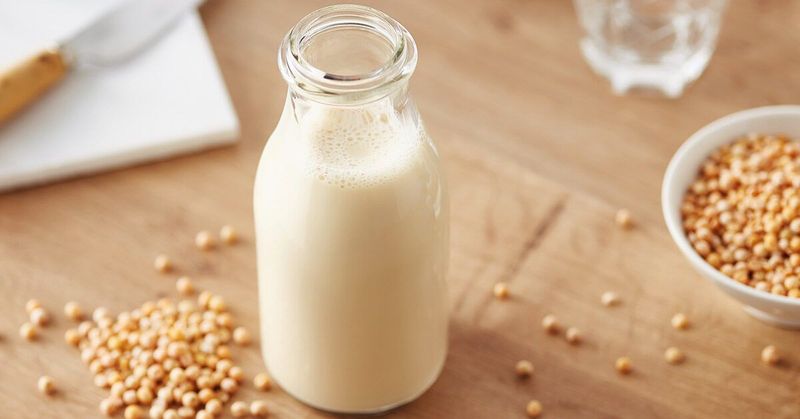
Leave a comment